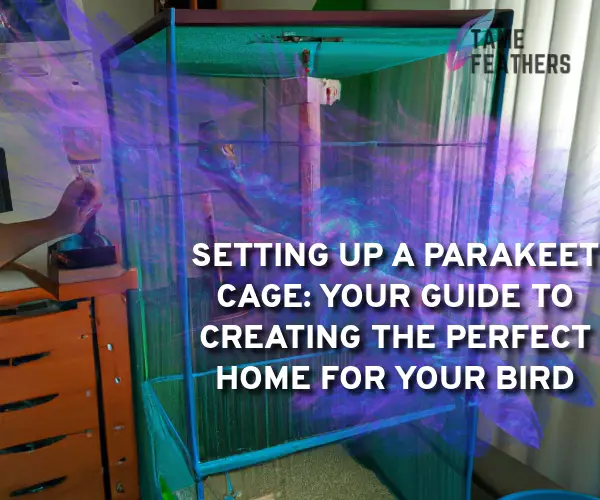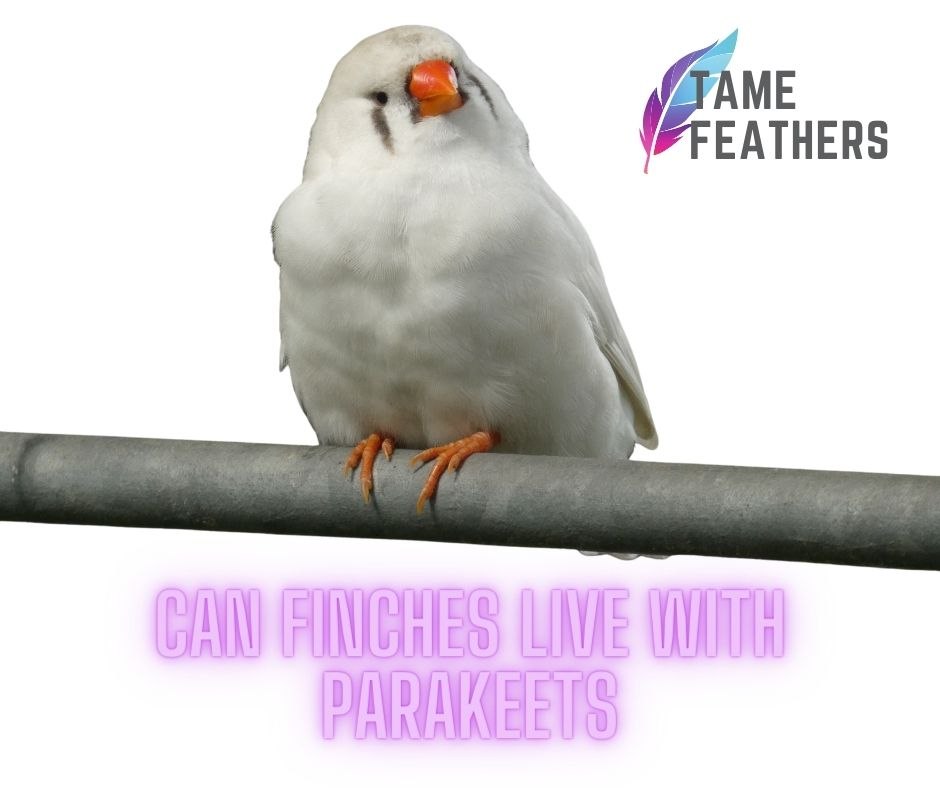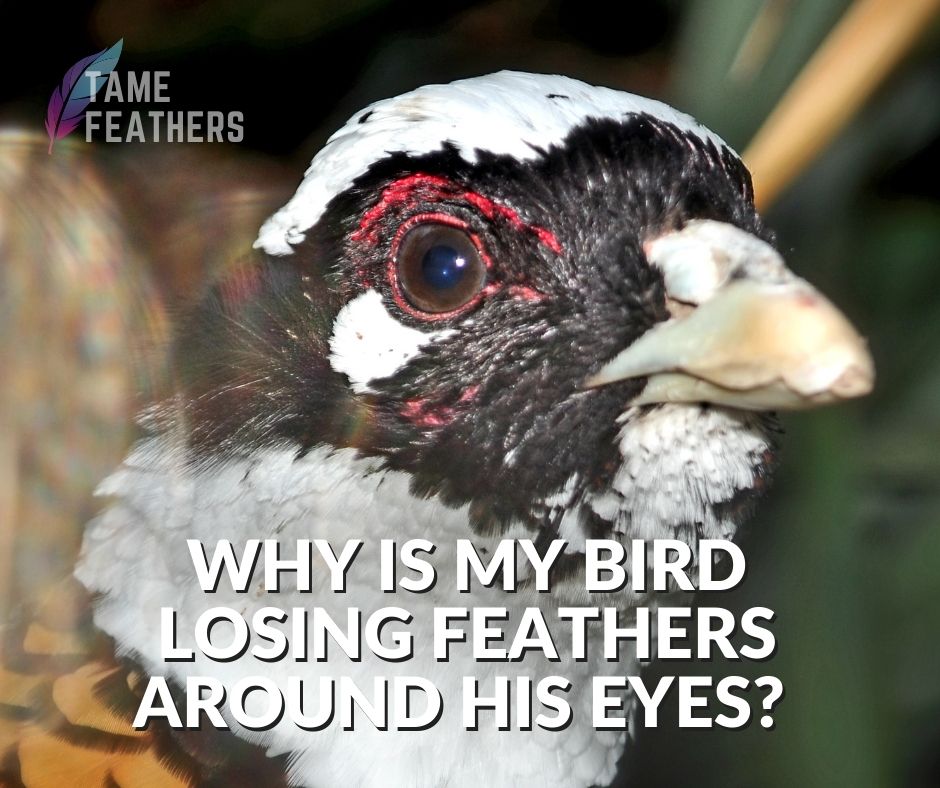Size Matters
When it comes to constructing a home for a parakeet, one of the most crucial aspects to think about is the available space. Because parakeets require plenty of room to spread their wings and move around, the enclosure you choose for your pet should offer a lot of square footage for them to maneuver in. A decent rule of thumb is to have a height of at least 18 inches, width of at least 24 inches, and depth of at least 24 inches. If you have more than one bird, you should probably acquire a larger cage for them all so that they have ample room to move around and play.Adding Perches
What Type?
In order to provide your parakeet with locations where it may rest and play, it is vital to provide it with perches. When selecting perches for the cage, choose natural wood branches like as apple or manzanita instead of plastic perches, which might be too slippery for little feet. These natural wood branches provide a stronger grip than plastic perches. Sandpaper and rope perches should be avoided since, over time, they could hurt their feet or make them uncomfortable.Where To Place Them?
Your pet will have additional possibilities to explore its environment and will exercise its muscles by hopping from one point to another if you move the wooden perch to different locations inside the cage. It is important to keep them away from food bowls since droppings have the ability to quickly contaminate food. Additionally, they should not be put directly above water containers because this could cause rapid contamination of the water.Parakeets require a number of different safe havens spread out across the entirety of their enclosures.
A Place For Toys And Accessories
Including Swings And Mirrors
Toys and accessories for the parakeet’s home, such as swings, ladders, mirrors, and bells, are essential for preventing the bird from becoming bored when there is no one else in the enclosure with it for extended periods of time. It is essential that you set aside some space in the parakeet’s home for these toys and accessories. Swings are very beneficial for birds because they enjoy being in motion; nevertheless, it is important to correctly secure them to their perches using nuts and bolts rather than string ties, as the latter could become entangled around your bird’s legs.Before adding any new toys to the bird’s cage, check each one to ensure that there are no jagged edges.
Providing A Healthy Diet
Nutrient Balance Is Key
What do parakeets need in their diet? Since they are omnivores, parakeets need to consume both grains (like millet) and sources of protein in their diet (such as insects). It is essential that these two components be balanced out adequately; otherwise, deficiencies may emerge if either grain or protein intake becomes too low relative to one other over time. If any of these intakes becomes too low, then deficiencies may occur.< b style = "font - weight : bold" >< i style = "color : red" >Always serve fresh foods alongside those that were purchased in a store.
Creating An Ideal Environment





